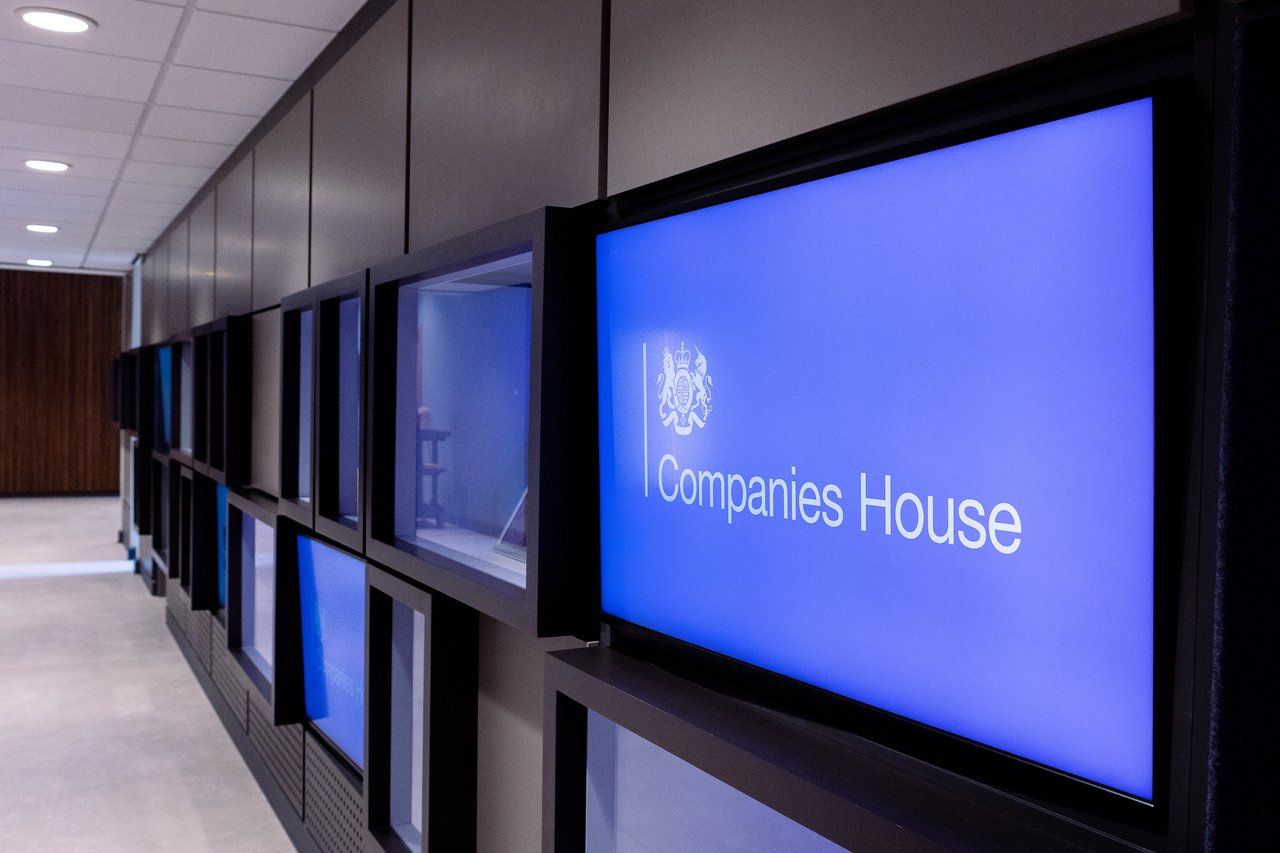R&D Tax Relief – a Q&A with Friend Partnership
Innovative SMEs can secure valuable tax relief through the R&D Tax Relief scheme. David Gillies, Head of Tax at Birmingham accountants Friend Partnership, offers expert R&D tax advice to help you understand how your business can benefit.
Can you tell us more about R&D tax relief and how it works?
The R&D relief rules are in two parts, there is one set of rules that apply to large businesses and groups, and another set that applies to SMEs. It is the latter that I’m going to talk about today as that has most relevance for the corporate clients we deal with.
Does R&D tax relief just apply to companies?
Yes, it is only applicable to companies. There is no relief available to individuals or partnerships that may be undertaking R&D type work.
What are the tax benefits available through the R&D tax relief scheme?
There is an enhanced deduction which is valuable to those businesses that are in profit. The enhanced deduction is currently 130%, so if a business spends £100 it will get a further tax deduction from its profits of £130. If a company happens to be loss-making then that company can access a tax credit payable by HMRC.
How can a company get cash back from HMRC for its R&D?
This is essentially available where a company has tax losses in a particular period. This can be the case for businesses which are starting out or are spending heavily on R&D activity. What they can do is, in effect, surrender some of those losses for a payable credit from HMRC. The rate of the payable credit is currently 14.5%, which is cashback from HMRC.
However, the company needs to pay attention to this, as the prevailing rate of corporation tax is currently 19%. So, if instead of surrendering the losses they were to carry them forward against future profits, the tax saving would be at 19% – clearly a bigger tax saving. But, with the payable credit, there is a cashflow benefit. The company would be getting money now, albeit at 14.5% rather than 19%, and that is very attractive for businesses that are spending material amounts on R&D work.
How quickly does HMRC make tax credit payments?
HMRC is usually pretty quick at making the tax credit payments.
We have had claims paid as quickly as three to four weeks. Generally speaking, it takes six to eight weeks, so a quick turnaround.
Are there any particular tests that a company needs to meet to be eligible for R&D tax relief?
Yes there are. The legislation is quite prescriptive in terms of what HMRC expects to see. Just because a business believes it is doing R&D, it is not necessarily the case that that will meet the conditions imposed by HMRC.
When assessing claims, HMRC looks at four main questions, and wants to see sensible answers to each of them.
The four questions are:
- What is the advance in science and technology that has resulted from the R&D activity?
- What were the technological and scientific problems that the company experienced in dealing with the R&D issue?
- How were those problems resolved?
- Why wasn’t the knowledge available to a competent professional working in the field?
If a business can answer these questions in the appropriate way, that demonstrates that they have achieved something completely new and completely innovative.
What I would say to companies looking at R&D is: don’t just think that because you’ve not invented the latest mobile communication device, you’re not ‘doing R&D’.
We have submitted and agreed claims for insurance brokers, for food processing businesses, for IT businesses, and for construction businesses; there are a lot of businesses out there doing innovative things that should be looking at the R&D rules, because there are some tremendous reliefs for them to access.
What costs can be included in an R&D tax relief claim?
As you might imagine, the rules for costs are, again, very prescriptive. There are only certain costs that can be included. The main cost is the salary for those individuals involved in the R&D activity. The salary cost will be their gross salary, employer’s national insurance, plus any pension contributions.
Benefits in kind cannot be included because they are discretionary in nature and will differ from company to company. In addition to that, if the company subcontracts some of the R&D work, those costs can be included. But, the important point with subcontractors’ costs is that they are restricted to 65% of the actual cost.
Consumable costs can be included. If a business is using materials as part of the R&D activity, because they are making prototypes for instance, or if they’re expending energy on their R&D activity, these consumable costs can be included as well.
The difficulty one has with the quantification of the costs is things like salary, where an individual may be working for only part of their time on an R&D project, and the rest of their time is spent on non-R&D activities. The company will need to sit down and critically review the payroll, see who is doing what, and come up with percentages. HMRC will accept percentages, as long as there is supporting evidence for the percentage that has been used. For example, individual A is spending 20% of their time on R&D, so 20% of their gross cost can be included.
Management time can also be included as part of the claim, but typically there will be a restriction there, because management are not necessarily spending a good chunk of their time on R&D activities. But, an engineering manager, for instance, may need to sign off on an R&D project, so it may mean that a small percentage of his time needs to be included as part of the claim.
It’s very important for companies to thoroughly test the payroll and make sure that they capture each and every person that is involved, and all the associated costs.
What about fixed assets purchased for R&D work?
If a company is buying fixed assets that are solely dedicated to R&D, then 100% capital allowances will be available in connection with that spend. That relief stands aside from any other reliefs for capital expenditure such as the Annual Investment Allowance.
How does a company go about actually making a claim?
How a company approaches an R&D claim will depend on whether it is their first claim, or the second or maybe third claim that they may have made.
In the case of a company submitting an R&D claim for the first time, our advice would always be to prepare a short report to go with the computation. This should explain what their R&D activities are all about and also demonstrate that they can appropriately answer the four questions discussed earlier.
For companies that are submitting their second and subsequent R&D claims, I don’t necessarily think that there is a need to produce a report. It is simply a case of including all the information in the corporation tax computation which is ultimately submitted to HMRC.
Where a company is submitting its first return, HMRC will see its accompanying report with the calculations that have been made, and so are perhaps less likely to ask questions as any they might have will have already been answered in what has been filed.
A company would be well advised to give as much detail as possible in their corporation tax computations, because that will hopefully stop HMRC raising any questions, and it should be easy enough for the company to do so. The company may need to talk to their technical team to produce the report and then the finance team to get the figures together for the claim itself.
Does an R&D claim have to be made at the end of a company’s accounting year?
Yes. It’s part of the corporation tax computation, and that can and is only prepared when the financial statements for the period concerned are prepared.
Can a company make a claim for previous years’ R&D?
Yes they can. If companies have missed an R&D claim for whatever reason, there is a limited opportunity for them to go back to a previous year. They can’t go back for years and years; it is generally only the previous year. But, if they are in time, it’s well worth them thinking about making a claim, talking to their professional advisors to make sure that they get the timing right, and getting a revised computation in to HMRC within the allocated timelines.
How does HMRC assess claims for R&D tax relief?
HMRC will check to make sure that there are answers to the four main questions mentioned previously.
We’ve come across situations where there are advisers claiming that an R&D claim is possible for a particular company, when in reality it isn’t; they are, perhaps, relying on HMRC being unable to check all claims, and trying to encourage the client to make a claim that, in my view, may be spurious. The concern for tax practitioners like me, is that the company may, inadvertently, pick up a black mark if HMRC decide that an R&D claim was spurious. The professional advisors themselves may also pick up a black mark for submitting something that patently wasn’t appropriate in the circumstances.
I would always urge companies to think long and hard about an R&D claim, and to talk to the right people.
Is there anything companies need to consider with regard to their planning or their accounting period?
Yes, especially for companies that are loss-making. When working with a lot of clients, we’ve looked at the accounting reference period. They may, as an example, have an accounting reference period as 31st December, and they may be loss-making throughout that period. But if they are able to shorten that accounting reference period to, say, 30th June, and prepare a six-month set of accounts and associated corporation tax computation, then you can see what’s happening; they are advancing the tax credit claim that they are able to make with HMRC. So, in terms of their cash flow, it’s a much better result.
Clearly, they must have advisors that are able and willing to work quickly to enable them to do those sorts of things, but it is well worth looking at. We have had great success with a number of clients doing precisely this – and it doesn’t half improve the company’s cash flow.
Are R&D tax claims worth the effort?
Very much so. With all the businesses that we have dealt with, the ability to get money back from HMRC is seen as a very attractive element of the rules, and over the years I have been able to claim millions of pounds of credits on behalf of clients in that situation. It’s well worth it for those clients in a loss-making position.
But even for companies who are paying tax, the enhanced deduction is very welcome when it comes to reducing their corporate tax liabilities.
As far as I’m concerned, I see R&D tax relief as a win-win situation for all the clients I’m dealing with. It’s given them a tremendous fillip and enabled them to do far more of what the legislation was designed to encourage, and that’s R&D, which is precisely what we need to be doing here in this country.
How do you work with businesses that already have accountants?
We can either work directly with you as a business, or we can work alongside your existing professional advisors, whichever suits the circumstances.
How do you charge for R&D tax claims?
On fees, we are totally transparent with clients. We will work on whatever basis suits them. There are plenty in the industry that work on a percentage of a tax relief claim that is finally agreed with HMRC. We personally prefer to work on a time spent basis, and I think a lot of our clients are happy with that approach. But, as I say, we are totally transparent, and will always do whatever is appropriate for the client concerned.

The year’s best staged production? Critical Acclaim for Melting Pot Productions’ Paranormal Activity

Friend Partnership is a forward-thinking firm of Chartered Accountants, Business Advisers, Corporate Finance and Tax Specialists, based In The UK
Share this page:




